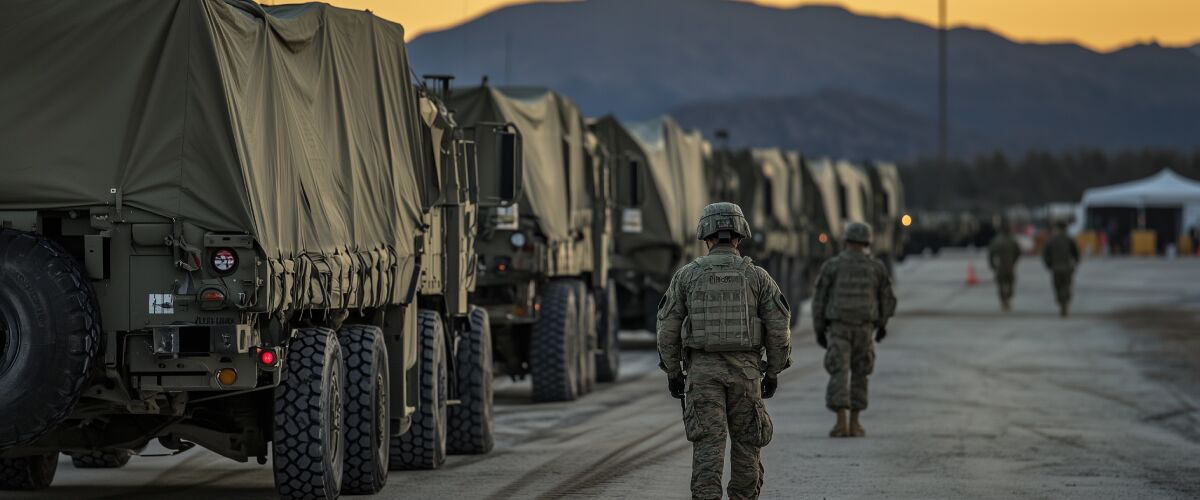The Pentagon’s $21 Trillion Mystery: Defense Waste and the Military-Industrial Complex
I sleep better at night knowing that ever-vigilant defense contractors and the politicians they’ve bought and paid for are making certain that America won’t be overrun by Communists, Islamic terrorists, or anyone else.
And I’m reassured by the fact that as an American taxpayer, I’m paying $435 for hammers and $640 for toilet seats. Sure, that’s more than I’d pay in a hardware store for these items. But we need to “support the troops.”
The F-35: The World’s Most Expensive Boondoggle
In the same vein, I’m thrilled that Lockheed-Martin shareholders paid CEO Marillyn Hewson more than $21 million in total compensation in 2018. Certainly, she deserves every penny given Lockheed’s contribution to keeping America safe from its enemies.
Take Lockheed’s F-35 combat jet, for instance. Yes, it’s the world’s most expensive weapons development program ever. US taxpayers are slated to shell out more than $1.5 trillion over its anticipated lifespan. There are a few performance issues. The F-35 can’t take off from the Navy’s newest aircraft carriers. It has a disconcerting habit of crashing. And, it can’t even eject the pilot in an emergency. But Lockheed has spent only 22 years developing the plane and $400 billion in taxpayer funds to date. I’m sure they’ll get it right eventually.
Fun Fact: The F-35 has been called “easily hacked” with “basic tools” in a 2018 report from the Government Accountability Office (GAO). But at least it’s a cool-looking airplane.
The $21 Trillion Accounting Black Hole
I’m also impressed by the bookkeeping diligence of the Pentagon. Sure, there are occasional blips. For example, the Defense Department’s inspector general announced that in 2015, the Army had made “unsupported journal voucher adjustments” totaling $6.5 trillion. In many cases, the Army had no receipts or invoices to support those expenditures. In others, the Army simply invented the adjustments out of thin air.
A follow-up found $21 trillion in unsupported adjustments. It means the money was lost, hidden, or stolen. This was reported between 1998 and 2015, mainly in defense.
Imagine the IRS discovering you had $21 trillion in unreported income over 17 years. The penalties would be swift and severe. But the Pentagon operates with impunity, supported by a national consensus that “we can’t scrimp on defense.”
Cash and Chaos: $12 Billion Flown Into Iraq
For instance, in 2004, the Pentagon flew nearly $12 billion in shrink-wrapped $100 bills into Iraq, distributing the funds with almost no oversight – 363 tons of $100s in all. By 2011, Pentagon officials admitted they had no idea what happened to at least $6.6 billion of the cash.
A Ballooning Defense Budget
With this stellar record of managerial expertise, imagine the pride I felt when I learned that the Trump Administration asked Congress for $750 billion in funding for the Pentagon for FY 2020. That doesn’t include:
- $216 billion for the Department of Veterans Affairs.
- $69 billion for Homeland Security and intelligence agencies.
- $156 billion in interest payments on the military’s share of the national debt.
One new component of the Pentagon budget is the Space Force, overseeing military space operations. Private companies like SpaceX are supporting this initiative. This includes plans to launch weapons into orbit. What could possibly go wrong?
Eisenhower’s Warning: The Military-Industrial Complex
In his 1961 farewell address, President Dwight D. Eisenhower warned of the rise of a “military-industrial complex” that could undermine democracy. He cautioned that it might destroy from within what it seeks to protect from without.
More than 60 years later, the military-industrial complex dominates US politics and the economy. The fall of the Soviet Union briefly opened a chance to dismantle this system. But, terrorism replaced communism as the new enemy.
Is It Time for a Plan B?
Yes, the weapons are overpriced, underperforming, and easily hacked. But what politician will risk jobs in their district by challenging the status quo? The reality is clear: this system is here to stay.
This offers an important lesson: the Pentagon’s inefficiencies, lack of accountability, and bloated spending highlight the risks of relying on broken systems. As taxpayers, we foot the bill, but as individuals, we can take steps to protect ourselves from the systemic risks of this entrenched military-industrial complex.
Consider these alternatives:
- Personal Resilience: Diversify assets and investments outside traditional systems.
- Financial Safety Nets: Explore international strategies to protect wealth.
- Second Citizenship: Ensure mobility and security beyond US borders.













